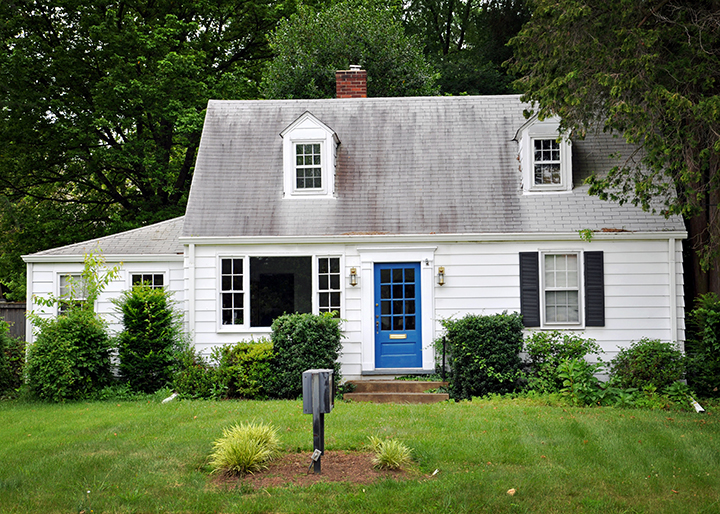Justin Parker
“Getting Into the Weeds” to Achieve Success Where did you attend college and what did you study? I got my undergraduate degree at Clemson University majoring in finance and accounting. Then, I received my MBA with a focus on management and leadership at Queens University at the McColl School of Business. What positions led you to RCN Capital? Following my undergraduate time at Clemson I accepted a job at Ally
Read More












